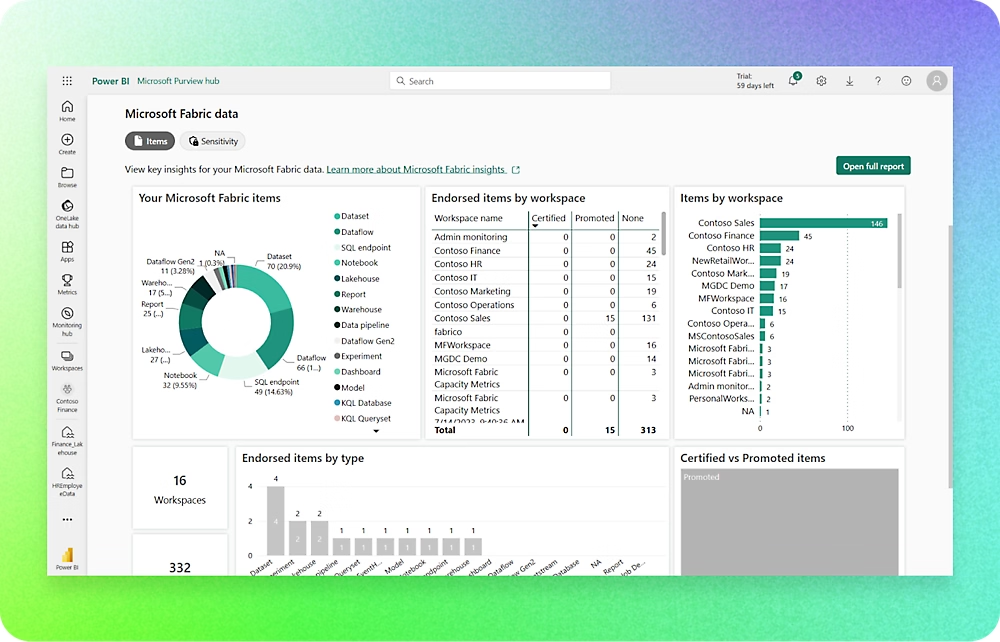Microsoft Fabric: Beyond Just Power BI
Having worked extensively with Power BI, I've watched Microsoft Fabric emerge as a game-changer in how we handle data analytics. While many of us know Fabric primarily through Power BI, it's actually a much more comprehensive platform that's changing how organizations manage their entire data ecosystem.
What Exactly is Microsoft Fabric?
At its core, Microsoft Fabric is like a Swiss Army knife for data professionals - it combines various data services into one unified environment. Think of it as Microsoft taking all their best data tools and weaving them together seamlessly. As someone who started with Power BI, I've found this integration particularly valuable because it means less time jumping between different tools and more time actually analyzing data.

Key Components I've Explored
Having primarily used Power BI, here's what I've discovered about Fabric's other capabilities:
Data Factory
This is essentially your data pipeline manager. It helps you move and transform data from various sources, which I've found particularly useful when preparing data for Power BI reports.
Data Engineering
Perfect for when you need to handle large-scale data transformations. It includes features like Apache Spark and notebooks - think of it as the engine room for your data operations.
Data Science
While I mainly focus on business analytics, this component lets data scientists build and deploy ML models right within the same environment where we create our reports.
Data Warehouse
This has been a game-changer for our team. It's a SQL-based warehouse that integrates naturally with Power BI, making it easier to manage large datasets.
The Power BI Integration
What I particularly appreciate about Fabric is how it enhances the Power BI experience:
- Direct Lake Mode: This allows us to connect to data in OneLake directly, giving us real-time access without the need for frequent refreshes
- Semantic Layer Integration: Makes it easier to maintain consistent business logic across all reports
- Unified Security: One set of permissions to manage across all your data assets

The Copilot Experience
One of the newest additions I've been experimenting with is Copilot in Fabric. It's fascinating to see how AI can help with:
- Writing SQL queries
- Creating data transformations
- Generating Power BI report summaries
- Suggesting visualizations
Real-World Benefits I've Seen
The most significant advantages I've experienced:
- Simplified Data Management: Instead of managing multiple tools and platforms, everything lives in one place
- Better Collaboration: Data scientists, analysts, and business users can all work in the same environment
- Reduced Technical Overhead: Less time spent on data movement and more on actual analysis
- Improved Data Governance: Unified security and governance across all data assets
Looking Ahead
While my journey with Fabric started through Power BI, I'm excited about exploring more of its capabilities. The platform continues to evolve, and Microsoft's integration of AI through Copilot shows they're committed to making data analytics more accessible to everyone.
Remember, if you're just getting started with Fabric, you don't need to use all its components at once. Start with what you know (like Power BI) and gradually explore other features as your needs grow.